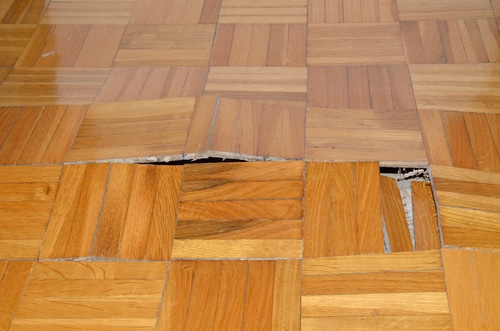Locating Hidden Water Line Leaks: 6 Clever Methods
Locating Hidden Water Line Leaks: 6 Clever Methods
Blog Article
What're your opinions on Finding hidden leaks?

Early detection of dripping water lines can mitigate a potential disaster. Some little water leaks might not be noticeable.
1. Take A Look At the Water Meter
Every residence has a water meter. Checking it is a surefire way that assists you find leaks. For starters, shut off all the water sources. Make sure nobody will flush, use the faucet, shower, run the cleaning equipment or dish washer. From there, most likely to the meter as well as watch if it will change. Since no person is utilizing it, there ought to be no movements. That suggests a fast-moving leak if it moves. Furthermore, if you find no changes, wait an hour or two and inspect back once again. This indicates you may have a slow-moving leak that might also be underground.
2. Inspect Water Usage
Analyze your water costs and also track your water consumption. As the one paying it, you need to see if there are any kind of discrepancies. If you find sudden changes, despite your consumption being the same, it suggests that you have leakages in your plumbing system. Keep in mind, your water expense ought to fall under the very same variety on a monthly basis. An unexpected spike in your bill shows a fast-moving leak.
Meanwhile, a steady boost every month, despite having the same behaviors, reveals you have a sluggish leak that's likewise gradually escalating. Call a plumber to extensively examine your building, especially if you feel a warm location on your flooring with piping underneath.
3. Do a Food Coloring Test
30% comes from toilets when it comes to water consumption. Examination to see if they are running correctly. Drop flecks of food shade in the storage tank as well as wait 10 minutes. There's a leakage in between the storage tank as well as bowl if the color somehow infiltrates your dish during that time without flushing.
4. Asses Outside Lines
Don't fail to remember to check your outside water lines also. Test spigots by affixing a yard hose. Ought to water permeate out of the link, you have a loose rubber gasket. Replace this as well as make certain all links are limited. It will certainly aid obtain it professionally examined and also kept every year if you have actually obtained a sprinkler system. One little leakage can squander lots of water as well as increase your water expense.
5. Examine the situation and also inspect
Home owners ought to make it a habit to inspect under the sink counters and also even inside cupboards for any kind of bad odor or mold and mildew growth. These two red flags suggest a leakage so prompt attention is needed. Doing routine examinations, also bi-annually, can conserve you from a significant trouble.
If you know your residence is currently old, maintain a watchful eye on your heating systems, hose pipes, pipes etc. Check for discolorations and also damaging as many pipelines and appliances have a life expectancy. They will certainly additionally naturally weaken as a result of wear and tear. If you suspect dripping water lines in your plumbing system, don't wait for it to rise. Call a professional plumber right now so you don't wind up with a horrible mess in your house.
Early discovery of dripping water lines can minimize a possible calamity. Some tiny water leaks may not be visible. Inspecting it is a guaranteed means that aids you uncover leakages. One small leak can lose loads of water as well as spike your water costs.
If you presume leaking water lines in your plumbing system, do not wait for it to escalate.
WARNING SIGNS OF WATER LEAKAGE BEHIND THE WALL
PERSISTENT MUSTY ODORS
As water slowly drips from a leaky pipe inside the wall, flooring and sheetrock stay damp and develop an odor similar to wet cardboard. It generates a musty smell that can help you find hidden leaks.
MOLD IN UNUSUAL AREAS
Mold usually grows in wet areas like kitchens, baths and laundry rooms. If you spot the stuff on walls or baseboards in other rooms of the house, it’s a good indicator of undetected water leaks.
STAINS THAT GROW
When mold thrives around a leaky pipe, it sometimes takes hold on the inside surface of the affected wall. A growing stain on otherwise clean sheetrock is often your sign of a hidden plumbing problem.
PEELING OR BUBBLING WALLPAPER / PAINT
This clue is easy to miss in rooms that don’t get much use. When you see wallpaper separating along seams or paint bubbling or flaking off the wall, blame sheetrock that stays wet because of an undetected leak.
BUCKLED CEILINGS AND STAINED FLOORS
If ceilings or floors in bathrooms, kitchens or laundry areas develop structural problems, don’t rule out constant damp inside the walls. Wet sheetrock can affect adjacent framing, flooring and ceilings.
https://www.servicemasterbyzaba.com/blog/how-to-detect-water-leakage-in-walls/

I was shown that write-up about Hacks to detect leaks through an acquaintance on a different web page. Sharing is good. You won't know, you will be doing someone a favor. I love reading our article about Leaking water lines.
Browse Website Report this page